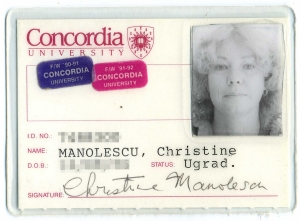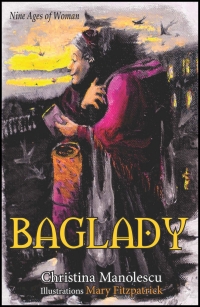For Christina Manolescu, BA 80, TESL Cert. 91, there were few opportunities for higher education in the 1970s. By then, she was already in her 20s with some college credits yet plenty of obligations, including a family and a job teaching elementary school.
Concordia, newly formed in 1974 from a merger between George Williams University and Loyola College, offered a mature-student program that Manolescu hadn’t seen anywhere else — including the crucial flexibility of evening classes, even in the summer.
“I think Concordia was a pioneer in this sense,” she says. “It was the only choice I had, but it turned out to be the best.”
She may have been among the first students to enroll at Concordia, but Manolescu wasn’t one of its first to graduate, taking at least six more years to finish her honours English degree. She feels no regrets about that pace; on the contrary, it proved to be another boon. “I was grateful to be able to take courses at my leisure and devote my attention fully to them without cramming it all together.”
Manolescu was so impressed by the university’s flexibility, she returned for a TESL (Teaching English as a Second Language) certificate. This time it took her at least seven years of part-time studying while teaching. “It was an extremely rigorous program,” she says, “and very worth doing.”
 Manolescu’s Concordia undergraduate student ID card from the early 1990s.
Manolescu’s Concordia undergraduate student ID card from the early 1990s.
 Christina Manolescu, BA 80, TESL Cert. 91
Christina Manolescu, BA 80, TESL Cert. 91
 Manolescu is grateful for her Concordia education that led her to a career as a writer of numerous works including Baglady.
Manolescu is grateful for her Concordia education that led her to a career as a writer of numerous works including Baglady.
